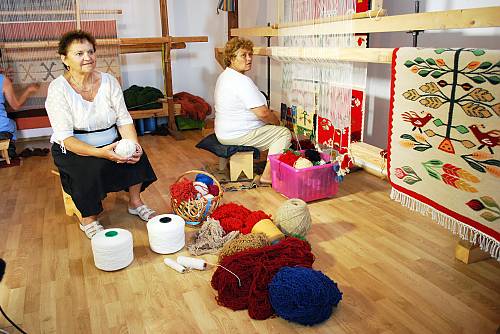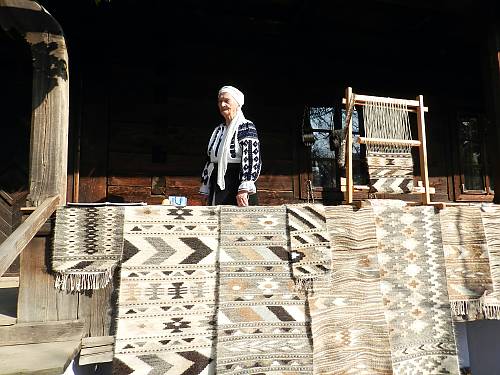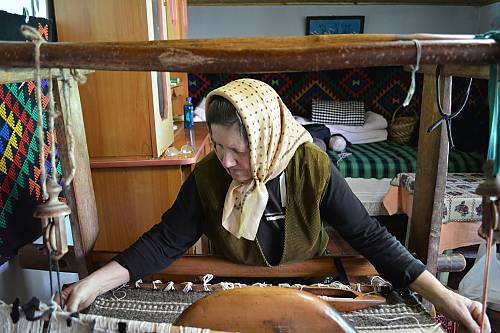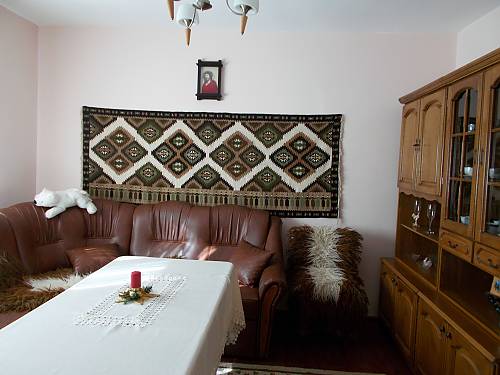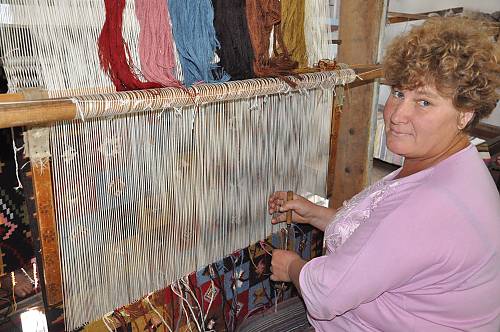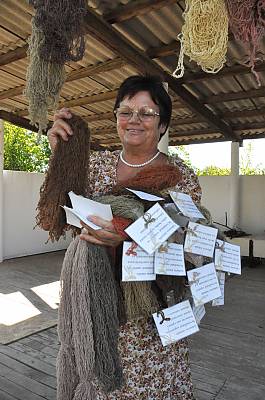Traditional wall-carpet craftsmanship in Romania and the Republic of Moldova
Inscribed in 2016 (11.COM) on the Representative List of the Intangible Cultural Heritage of Humanity

In the past, wall carpets produced by weavers in communities of Romania and the Republic of Moldova were used not only as decorative features and sources of insulation but also as part of a bride’s dowry. A variety of techniques were needed to produce the pieces with impressive motifs. Certain patterns also indicated where the weaver was from. The carpets had additional roles in community practices, such as at funerals where they symbolized a passage for the soul to the hereafter. They were also displayed at international exhibitions as markers of national identity. These days, wall carpets are mainly appreciated as works of art for public and private spaces and exhibited at city festivals and ceremonies. Techniques have changed from vertical or horizontal looms practised in some parts, to tight picking (thread by thread) and other forms with weavers now able to work from home. In villages, girls learn the art form from their mother or grandmother, while in cities craft centers, associations and colleges, as well as museums provide classes. Viewed as an expression of creativity and identity marker, wall carpet craftsmanship is also considered as a tool to unite groups in society of different ages and socioeconomic backgrounds.
